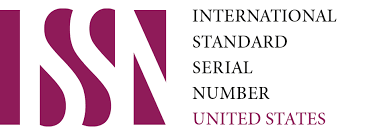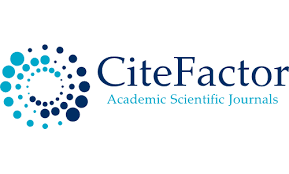Linguistic Methods in Sentence Analysis
Keywords:
Method, sentence, analyze, syntactical unitAbstract
The present article is devoted to an actual theme of modern linguistics – linguistic methods in sentence analysis. More attention is paid to the linguistic methods in syntactic analysis of a sentence, the basic principles of comparative study of languages at the syntactic level and linguistic methods used in the analysis of tenses. Theoretical parts of the article is proved by examples
References
Boronov J.B. Comparative grammar of English and Uzbek languages. T.: Teacher, 1973.-284p.
Chomspky N. Current issues in Linguistic Theory. Le Haye, 1964.-261p.
Hill A.A. Introduction to Linguistic structures from sound to sentence in English. New York, 1958. - 396p.
Harris Z.S. String analysis of Sentence structure. The Hague, 1964. – 358p.
Jerome K. Jerome. Three Men in a Boat. – Penguin Books, 1978. -185 p.
John Steinbeck, James Jonies, Reynolds Price, John Updice, American short novels. – Moscow: Raduge publishers, 1987. – 495 p.
Longacre R.E. String Constituent Analysis. Language, 1960. v. 36, w1, P.-163-189.
Shchebetenko E.A. Chastnost vremennyx konstruktsiy raznogo morfologicheskogo tipa i printsipy ix vybora v russkom yazyke / Avtoref. diss… kand. filol.nauk. M .: 1974. -22s.
SM- Somerset Maughham. The Magician. –Australia: Penguin Books, 1967. – 199 p.
Whitehall H. Structural Essentials of English. New York. 1956.-394 p.
Yusupov U.K. Teoreticheskie osnovy sopostavitelnoy lingvistiki.-T .: Fan, 2007.-126p.
Zandvoort R.W. A Handbook of English Grammar. Croningen, 1998.-436p.
Downloads
Published
Issue
Section
License

This work is licensed under a Creative Commons Attribution-NonCommercial 4.0 International License.
User Rights
Under the Creative Commons Attribution-NonCommercial 4.0 International (CC-BY-NC), the author (s) and users are free to share (copy, distribute and transmit the contribution).
Rights of Authors
Authors retain the following rights:
1. Copyright and other proprietary rights relating to the article, such as patent rights,
2. the right to use the substance of the article in future works, including lectures and books,
3. the right to reproduce the article for own purposes, provided the copies are not offered for sale,
4. the right to self-archive the article.













